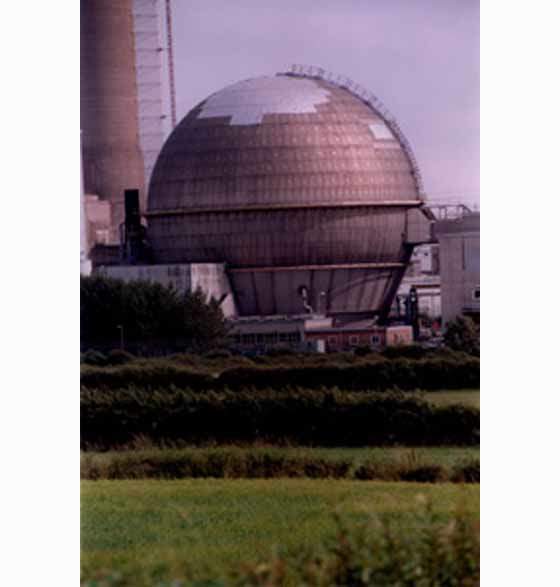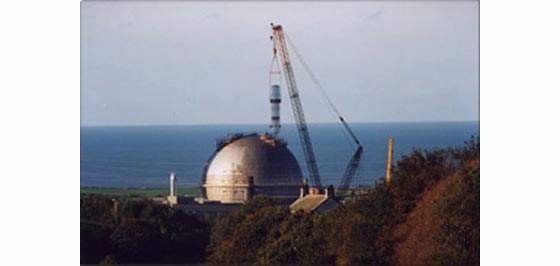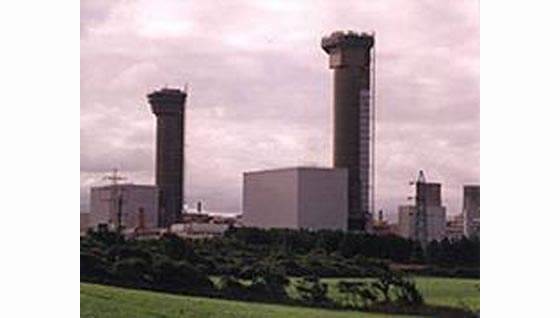When it became operational in 1962, Windscale’s Advanced Gas-cooled Reactor (WAGR) was the prototype of a family of new nuclear reactors. Years after WAGR was first built, the unit has reached the end of its useful life and the reactor and its associated structures are to be dismantled and stored safely. This is one of the reactors built in the 1950s and 1960s which require safe decommissioning. There are an estimated 250 plants that will require decommissioning by 2010.
As the European demonstration project for nuclear reactor decommissioning in the UK, Project WAGR aims to show that a full-size reactor can be dismantled safely and cost effectively, with minimum risk to the environment.
It is one of four separate reactor decommissioning projects in progress linked through the EU Nuclear Fission Programme, which includes:
- WAGR in the UK
- Mol in Belgium
- Gundremmingen in Germany
- Lubmin in Germany
The United Kingdom Atomic Energy Administration (UKAEA) oversees
decommissioning and facilities as the site licence holders, while BNFL Magnox
Generation is responsible for the separate contracts, including the dismantling of the reactor core and waste issues, including the placing and managing of contracts. Decommissioning is also taking place at three Magnox Electric sites, at the Safestore site at Berkeley in Gloucestershire, Trawsfynydd in North Wales and Hunterston ‘A’ in Ayrshire.
DECOMMISSIONING
Since its shutdown in 1981, a large amount of work has been completed at the site. For each piece of equipment, specific tools and methods must be devised and used. This includes:
- Removal of the fuel
- Dismantling of the reactor vessel to hot
gas manifold level - Construction of an intermediate level waste store on site
- Installation of the remote dismantling machine (RDM)
- Installation of the grout and concrete plant and the waste route
REMOVAL OF THE HEAT EXCHANGERS
A major job in the decommissioning process took place towards the end of
1995: the removal of the heat exchanges. Prior to removal, the heat exchangers
had been lifted from their original positions, and holes had been cut in the
outer containment sphere. Other preparatory work included the protection of
kerbs and grass verges along the route, many covered with hardcore, compacted
and plated and some signposts and lamp standards were also removed and later
replaced.
Using one of the largest cranes in Europe, and another crane in a tandem
lift, each heat exchanger was lifted clear of the reactor hall onto a special
road transporter. Each heat exchanger was taken through the Cumbrian countryside, and through a number of villages to Drigg, which is the site of the low level waste disposal facility.
ACTIVE COMMISSIONING
Active commissioning started in November 1999, and marked the time when all
parts of the system, including the remote dismantling, waste management and
control systems were brought into active operation together for the first
time.
Active commissioning represents the completion of the first two full boxes of waste, which have now been filled, transferred through the waste route, grouted and concreted into the waste boxes and stored.
The programme then moved into full operational phase to remove the remainder of the operational waste, with more than half removed by mid-2000.
Prior to this, a phase of non-active commissioning was undertaken to ensure
the safe and smooth running of all equipment and systems to be used in the
process.






